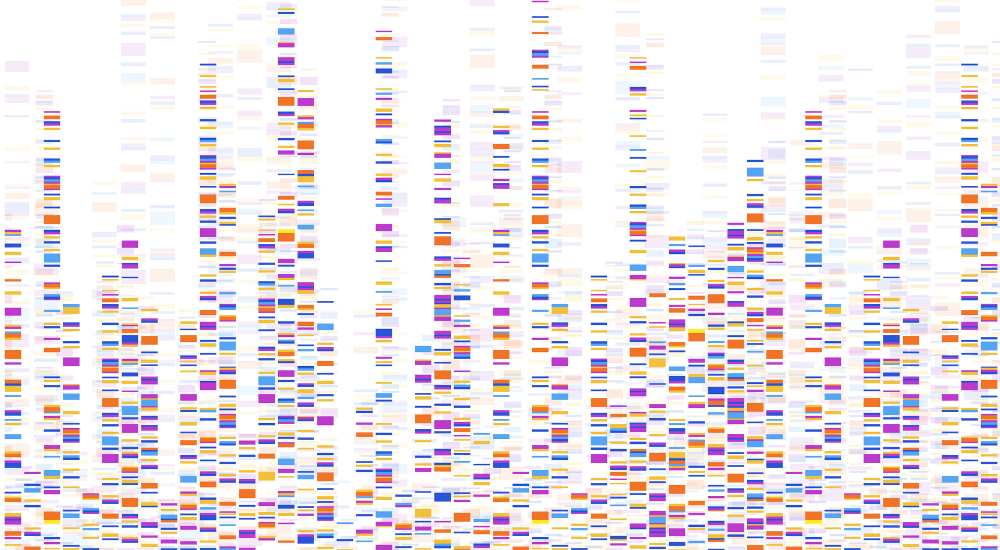DNA paternity testing involves analysing a set number of an individual’s DNA markers and then comparing the data to the same markers for another individual. These specific markers vary from individual to individual, and—like all genes—are inherited from both our biological parents. From this analysis, a conclusion is made as to whether or not the man tested is considered the biological father of the child tested. So how accurate is DNA paternity testing?
How DNA Paternity Testing Works: the Bare Basics
It’s All about Statistics:
If the markers do all match, then a statistical calculation is made to work out the genetic odds—or the likelihood—that two random people could share those same genetic markers.
It is not possible to say with 100 percent certainty that two people with the same markers are related just as it is not possible to say that if you rolled a dice a thousand times that it would not land on the number 6. It would be very unlikely but not impossible.
The only way to get 100 percent probability of paternity for DNA paternity testing would be to also include a sample from every man in the world who has the same racial background as the man being tested.
Because not every man in the world can be tested, the international standard for positive proof of paternity is set as high as possible without ever reaching 100 percent—at least 99 percent, with most being 99.9 percent or higher. If a man tested is not the father, the probability of paternity is always 0 percent.
What about Accuracy?
Since the probability of paternity can never be 100 percent, some people think DNA paternity testing isn’t entirely accurate—but be assured it is, when performed by a good lab.
At DDC we test more than the industry standard of 16 markers in our tests and look at 20 at a minimum. This means that we normally achieve a probability in excess of 99.99%. We also run every test twice, to absolutely ensure accurate results.
Can a Test Still be Accurate if Two Possible Fathers are Related?
If two alleged fathers are related in any way, then it is advisable to test both men with the child and include the mother in testing. This is because the two men share some genetic material and it would prevent receiving a false positive result.
If only one of the two men can be tested, it’s absolutely essential to notify the laboratory ahead of time so that additional markers can be analysed, if necessary, to obtain a conclusive and accurate result.
If two brothers are identical twins, it is not possible to establish which man is the biological father because their DNA profiles are identical.
So how accurate is DNA paternity testing? It is incredibly accurate when undertaken by an accredited laboratory, but remember, a positive outcome for paternity can never be 100%

